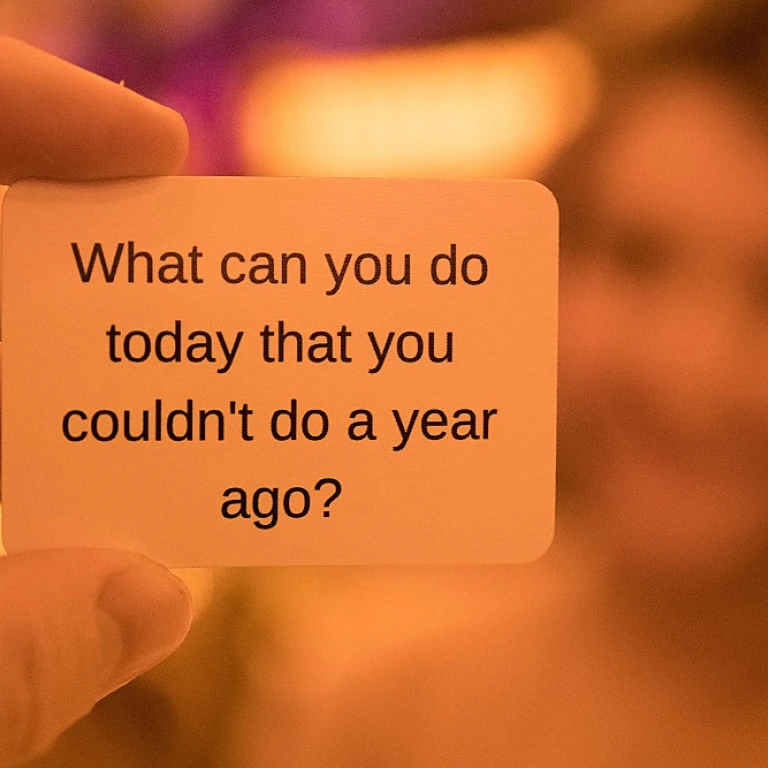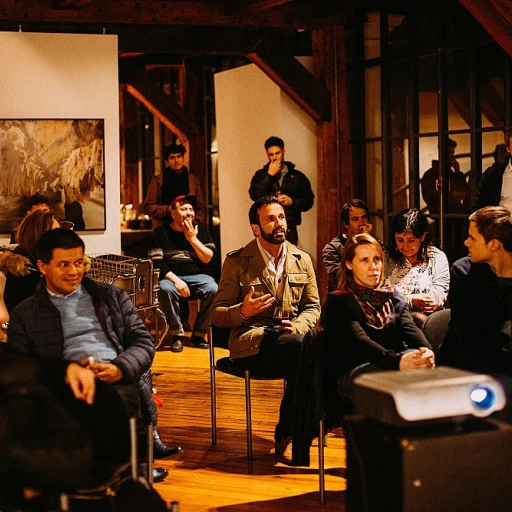Understanding Organizational Culture Inventory
Decoding the Intricacies of Organizational Culture Inventory (OCI)
Understanding the core components of the Organizational Culture Inventory (OCI) is essential to leveraging organizational culture for innovation. This widely recognized tool, developed by Human Synergistics International, plays a crucial role in evaluating the cultural dynamics within organizations. The OCI provides a comprehensive culture assessment by measuring behavioral norms and expectations that influence the performance and effectiveness of teams and leaders. This inventory helps organizations identify their current culture, assess their effectiveness inventory, and define their ideal culture. It’s a means to bridge the gap between the current and the preferred culture, facilitating a strategic culture change. ### Key Functions of OCI- Culture Assessment: OCI enables organizations to evaluate their corporate culture, focusing on both current and ideal cultural attributes. Such assessments allow leaders to understand the prevailing organizational culture and develop plans to steer toward a more preferred culture.
- Behavioral Norms Evaluation: The inventory emphasizes understanding the behavioral norms within an organization. It sheds light on how these behaviors align with the organization's goals and values.
- Leadership and Team Influence: With its focus on team organization and leadership, OCI helps uncover the impact of these groups on the culture of the organization.
The Role of Organizational Culture in HR Innovation
Understanding the Influence of Culture on HR Practices
Organizational culture plays a pivotal role in driving HR innovation. When organizations assess their culture using tools like the Organizational Culture Inventory (OCI), they gain insights into the prevailing behavioral norms and values that influence how members interact and perform. This understanding is crucial for identifying areas where change can lead to enhanced effectiveness and innovation.
Leadership and Cultural Dynamics
Leaders within an organization are often the catalysts for cultural change. Their ability to align the current culture with the ideal culture can significantly impact HR innovation. By fostering a culture that encourages creativity and flexibility, leaders can inspire their teams to explore new HR strategies and solutions.
Team Collaboration and Cultural Assessments
Effective HR innovation requires collaboration across teams. The OCI assessments help organizations understand how team dynamics are influenced by the existing culture. By identifying the preferred culture and areas for improvement, organizations can implement strategies that promote teamwork and enhance performance.
Linking Culture to Long-term Success
Organizations that successfully leverage their culture for HR innovation often see long-term benefits. By aligning their culture with strategic goals, they create an environment where innovation thrives. This alignment not only improves current HR practices but also sets the stage for future advancements in organizational effectiveness.
Implementing Organizational Culture Inventory for Change
Step-by-Step Guide to Implementing OCI for Organizational Change
Implementing the Organizational Culture Inventory (OCI) within an organization can lay the foundation for meaningful culture change that can drive HR innovation. The process revolves around understanding the current culture, aligning it with the ideal culture, and mapping out strategies for transformation.
To begin, it is essential to conduct a comprehensive culture assessment using the OCI framework, provided by Human Synergistics. This initial assessment evaluates the current state of the organizational culture against an effectiveness inventory. Through assessing factors such as behavioral norms and corporate culture, organizations can identify the gaps between their preferred culture and what is currently in place.
With insights from the culture inventory, the leadership team should prioritize interventions that align with the ideal culture by considering the competing values framework. These may include fostering behaviors that promote collaboration, innovation, and learning, essential elements that should resonate across the entire organization for successful change implementation.
A key to ensuring long-term success is engaging all members of the organization, from leaders to individual contributors. Every person plays a critical role in transforming organizational culture. Through workshops, training sessions, and feedback loops, the entire team organization must be part of this transformative journey.
Feedback mechanisms should also be established to reassess the culture periodically to ensure alignment with evolving business objectives and continuous improvement in performance. These assessments not only track progress but also highlight areas where further refinement is needed.
For those interested in understanding how fostering an innovative culture contributes significantly to achieving these goals of culture transformation, exploring additional resources can be highly beneficial.
Case Studies: Success Stories in HR Innovation
Real-World Examples of Successful HR Innovation
Exploring how organizations have leveraged the Organizational Culture Inventory (OCI) to drive HR innovation offers valuable insights. By examining these success stories, we can understand the practical applications of culture assessments and their impact on organizational change.
Transforming Corporate Culture for Enhanced Performance
One organization effectively used the OCI to identify gaps between their current culture and the ideal culture they aspired to achieve. Through targeted interventions and leadership development programs, they managed to align their corporate culture with their strategic goals. This alignment not only improved team effectiveness but also enhanced overall performance and employee satisfaction.
Driving Change Through Leadership and Team Engagement
Another organization focused on fostering a culture of innovation by engaging their leadership and team members in the OCI process. By understanding the competing values within their organization, they were able to create a preferred culture that encouraged creativity and collaboration. This approach led to significant improvements in employee engagement and innovation outcomes.
Implementing Behavioral Norms for Long-Term Success
A third case highlights how an organization used the OCI to establish behavioral norms that supported their long-term objectives. By aligning their organizational culture with these norms, they were able to sustain a culture of continuous improvement and adaptability. This strategic alignment facilitated ongoing innovation and ensured the organization remained competitive in a rapidly changing market.
Lessons Learned from Successful Culture Change Initiatives
These success stories demonstrate the power of the OCI in driving HR innovation. They highlight the importance of leadership commitment, team involvement, and a clear understanding of both current and ideal cultures. By leveraging these insights, organizations can effectively implement culture change initiatives that support their innovation goals.








